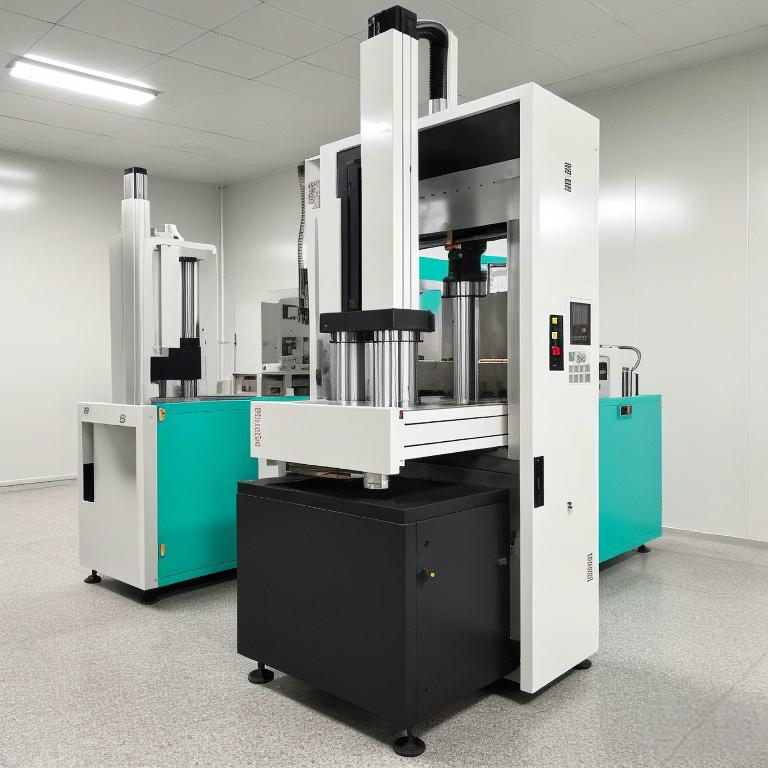目录
Understanding Translucent Silicone and Its Applications
Translucent silicone has become a popular material in various industries due to its unique properties. It is widely used in products such as kitchenware, baby products, medical devices, and electronic components. Its transparency allows for aesthetic appeal while maintaining functionality. However, one common concern that arises among users and manufacturers is the yellowing of translucent silicone over time. This issue can affect the appearance and potentially the performance of the products.
![]()
![]()
The Main Causes of Translucent Silicone Yellowing
- 材料质量
The quality of the raw materials used in the production of silicone plays a crucial role in its resistance to yellowing. Low-quality silicone may contain impurities or unstable components that are prone to oxidation and discoloration when exposed to environmental factors. - UV Exposure
Prolonged exposure to ultraviolet (UV) radiation from sunlight can cause the breakdown of the silicone polymer structure. This breakdown leads to the formation of chromophores, which are the substances responsible for the yellow color. The intensity and duration of UV exposure directly affect the degree of yellowing. - Heat
Excessive heat can accelerate the aging process of silicone. When silicone is subjected to high temperatures, the chemical bonds within the material may weaken, making it more susceptible to oxidation and discoloration. This is particularly relevant in applications where silicone products are used in high-temperature environments, such as in industrial settings or near heat sources. - Chemical Substances
Contact with certain chemicals can also contribute to silicone yellowing. Some cleaning agents, oils, and other substances may react with the silicone material, leading to discoloration. It is important to be aware of the chemicals that the silicone products may come into contact with during their usage and storage.
How to Prevent Translucent Silicone Yellowing
- Select High-Quality Materials
As a manufacturer, we prioritize the use of premium-quality silicone materials. These materials undergo rigorous testing to ensure their purity and stability. By choosing high-quality raw materials, we can significantly reduce the risk of yellowing in our translucent silicone products. - UV Protection
Incorporating UV stabilizers into the silicone formulation can help protect the material from the harmful effects of UV radiation. These stabilizers absorb or block the UV rays, preventing them from causing damage to the silicone polymer. Additionally, when using silicone products outdoors, it is advisable to provide some form of shade or protection from direct sunlight whenever possible. - Proper Storage Conditions
Storing translucent silicone products in a cool, dry, and well-ventilated environment can help maintain their quality and prevent yellowing. It is important to avoid exposing the products to extreme temperatures and humidity. Keeping them away from heat sources and in their original packaging or protective containers can also help prolong their lifespan. - Avoid Harmful Chemicals
Being mindful of the chemicals that come into contact with silicone products is essential. Using mild, silicone-friendly cleaning agents and avoiding exposure to harsh chemicals can prevent potential reactions that may cause yellowing. If contact with chemicals is unavoidable, it is recommended to rinse the silicone products thoroughly with water afterward.
Effective Solutions for Dealing with Translucent Silicone Yellowing
- Cleaning Methods
If your translucent silicone products have started to yellow, some cleaning methods may help restore their appearance. A mixture of mild soap and warm water can be used to gently clean the surface of the silicone. For more stubborn stains, a paste made of baking soda and water can be applied and left for a short period before rinsing off. However, it is important to avoid using abrasive materials or harsh chemicals that may damage the silicone. - Restoration Products
There are specialized restoration products available on the market that are designed to remove discoloration from silicone. These products often contain ingredients that can break down the substances causing the yellowing. Following the manufacturer’s instructions when using these products is crucial to achieve the best results without causing further damage to the silicone. - Professional Assistance
In cases where the yellowing is severe or the products are of high value, seeking professional assistance may be the best option. Specialists in silicone restoration have the knowledge and tools to effectively address the yellowing issue and restore the products to their original appearance. - The Importance of Choosing the Right Manufacturer
When it comes to translucent silicone products, selecting a reliable and experienced manufacturer is vital. At our company, we have a deep understanding of the factors that can cause silicone yellowing and have implemented strict quality control measures throughout the production process. Our team of experts is dedicated to producing high-quality translucent silicone products that meet the highest standards of durability and appearance.
结论
Translucent silicone yellowing is a concern that can be addressed through a combination of preventive measures and appropriate solutions. By understanding the causes of yellowing and taking steps to prevent it, such as using high-quality materials, protecting from UV exposure, proper storage, and avoiding harmful chemicals, you can extend the lifespan and maintain the appearance of your silicone products. In situations where yellowing has already occurred, employing effective cleaning methods, restoration products, or seeking professional help can help restore the products. When choosing a manufacturer for your translucent silicone needs, trust our company to provide you with products that are resistant to yellowing and of superior quality.
Remember, when selecting silicone products for your business or personal use, consider the factors that can impact their longevity and appearance. With proper care and the right manufacturer, you can enjoy the benefits of beautiful and functional translucent silicone products for an extended period.


